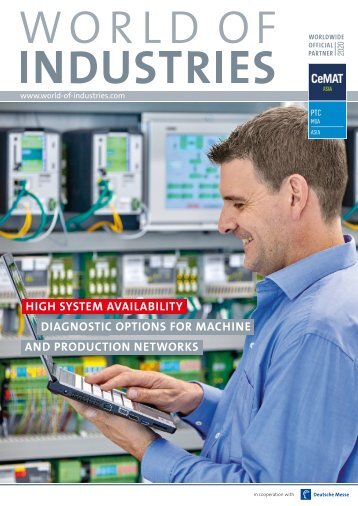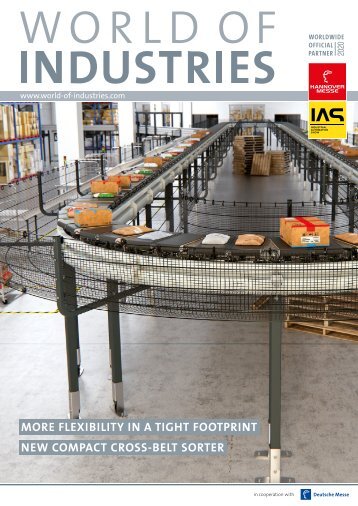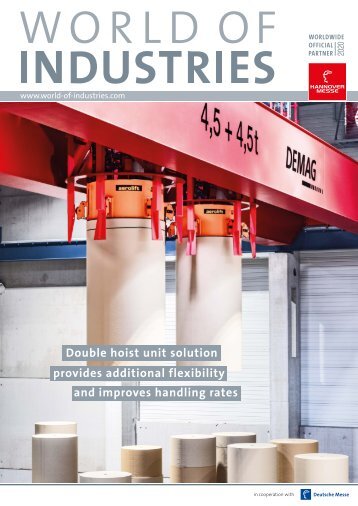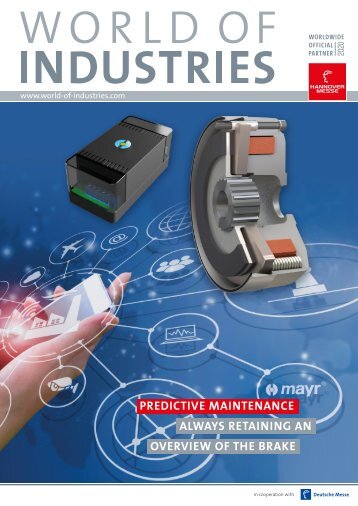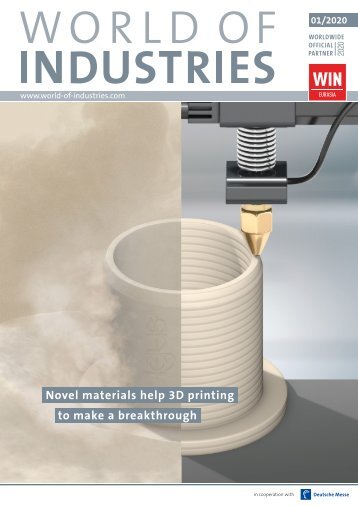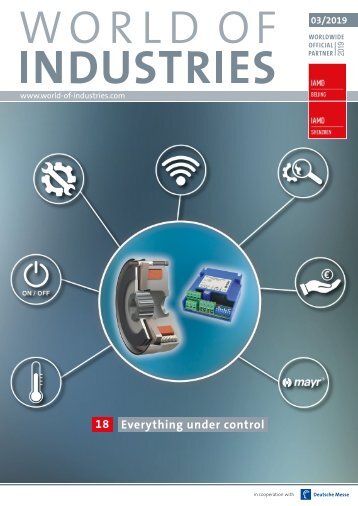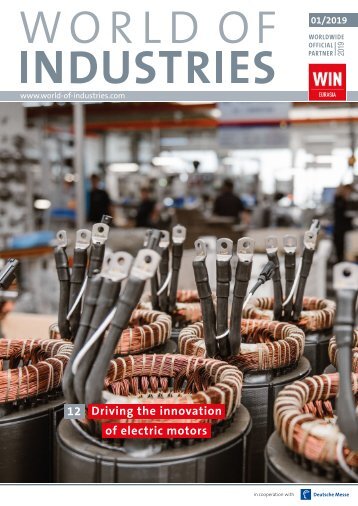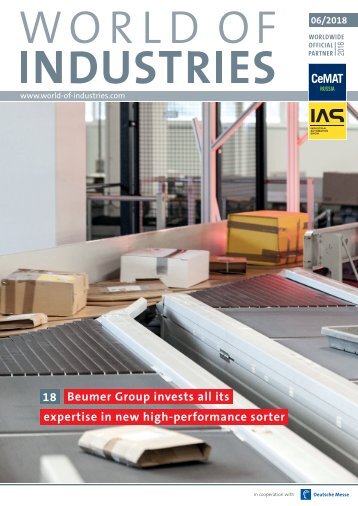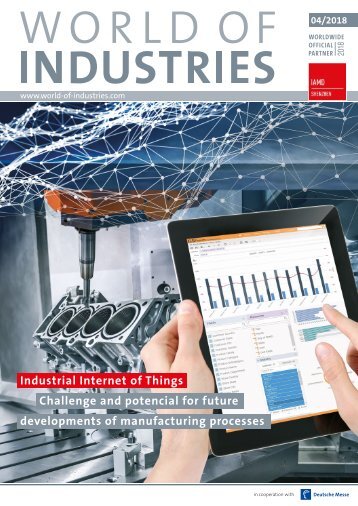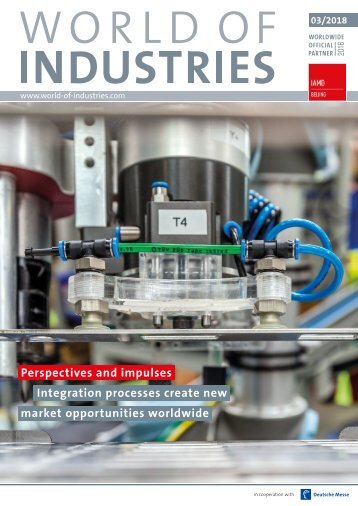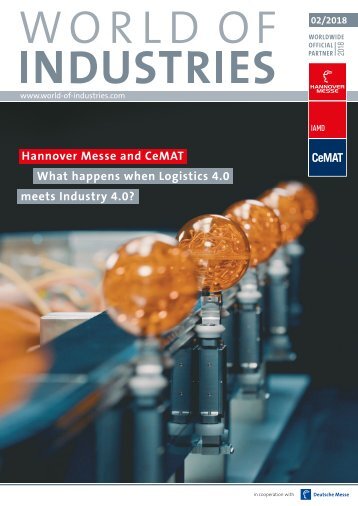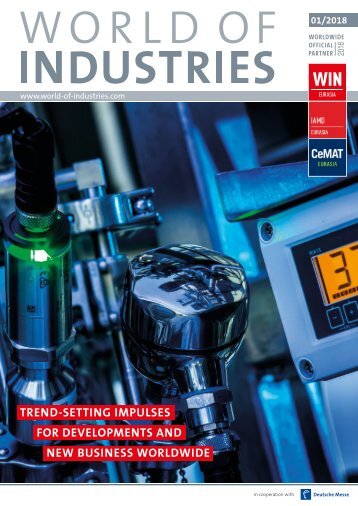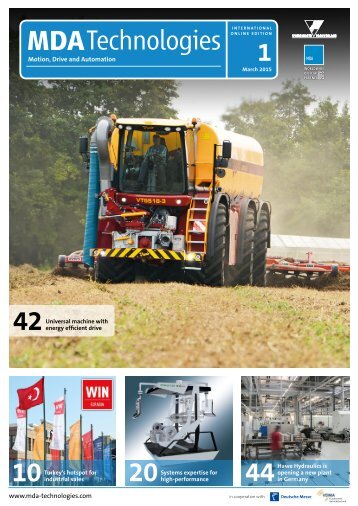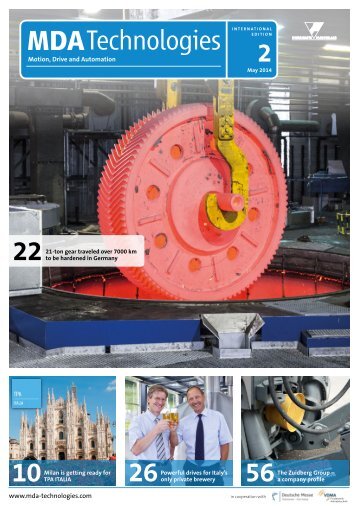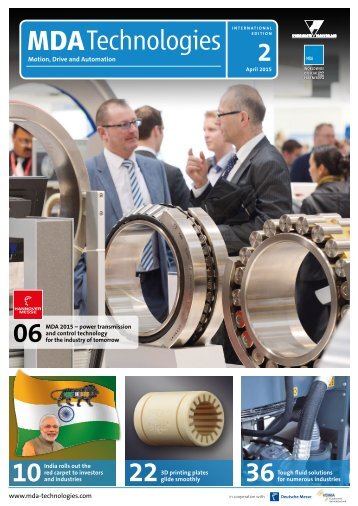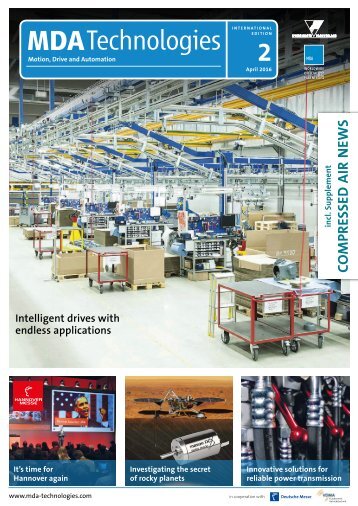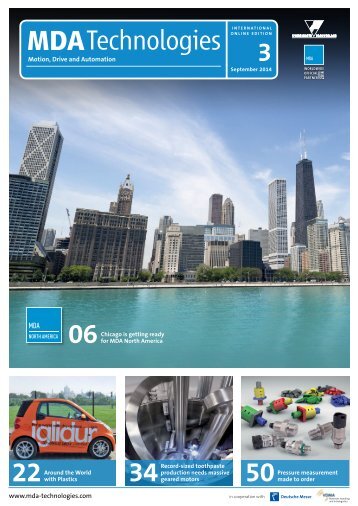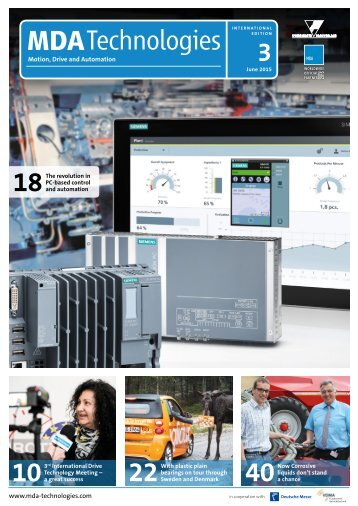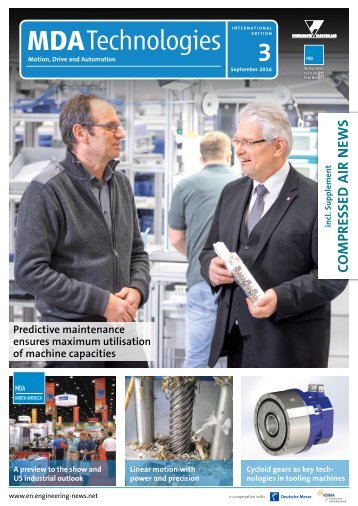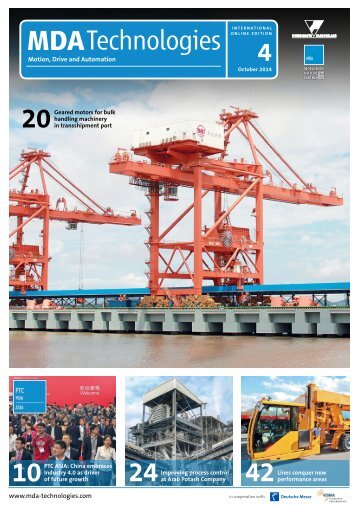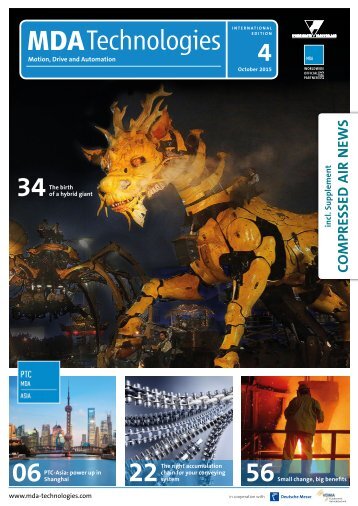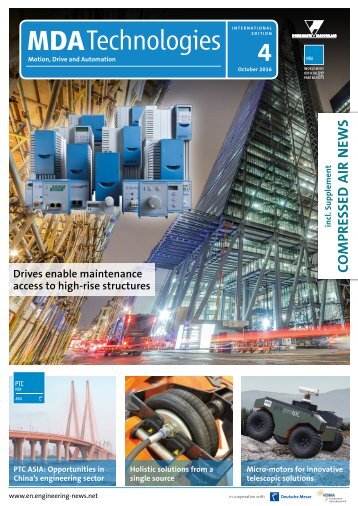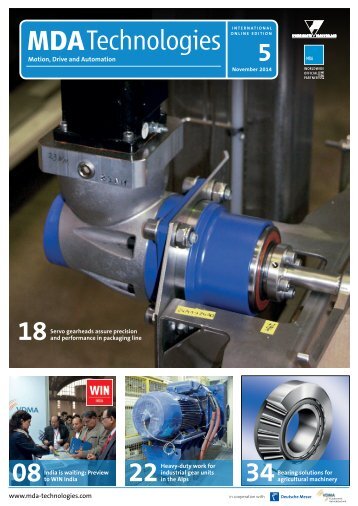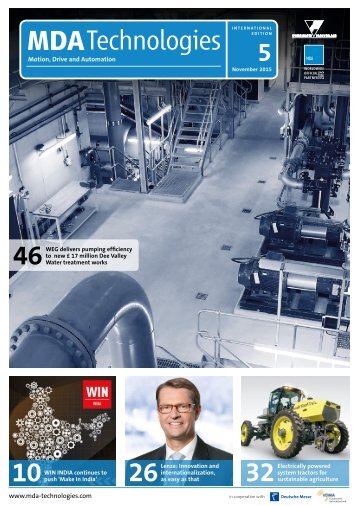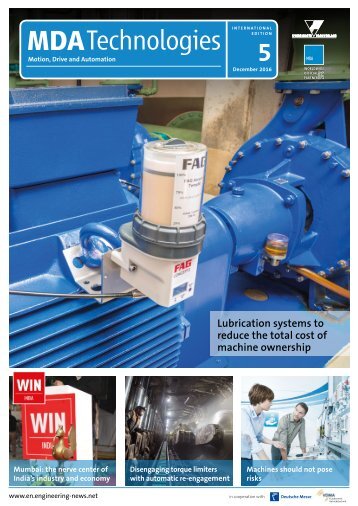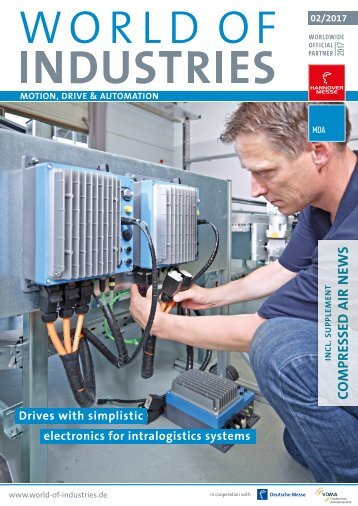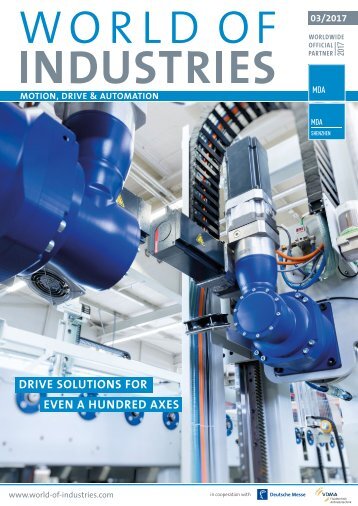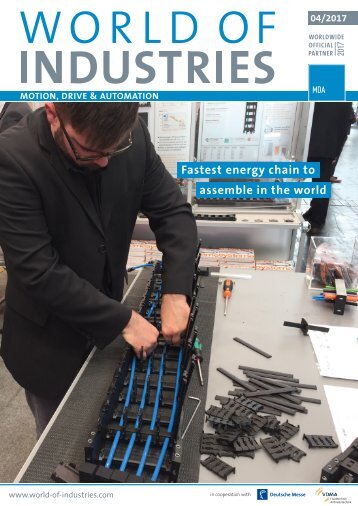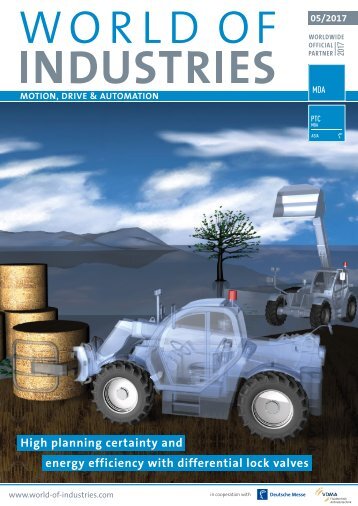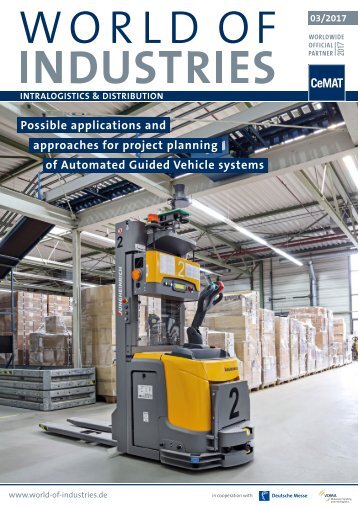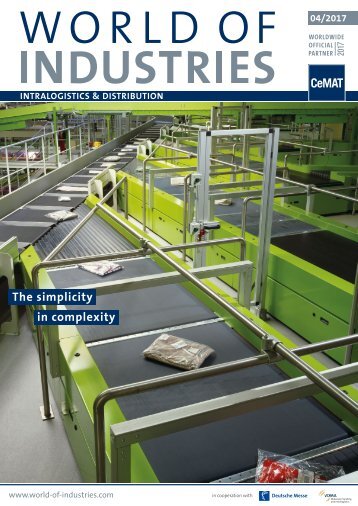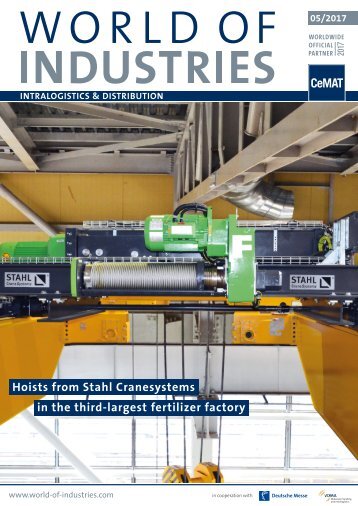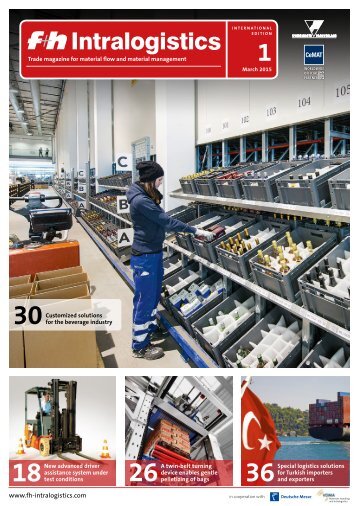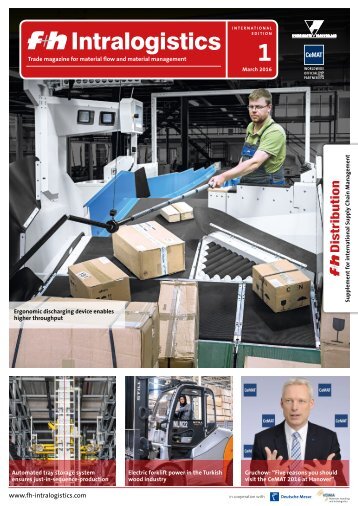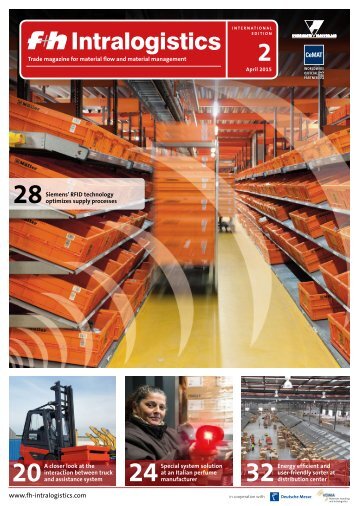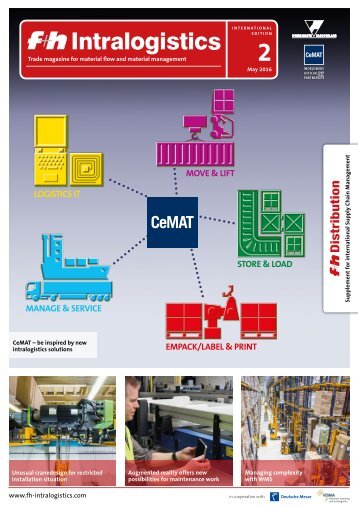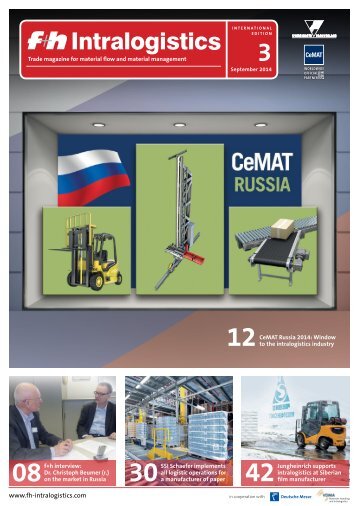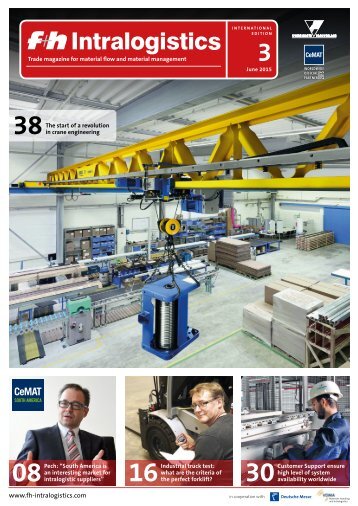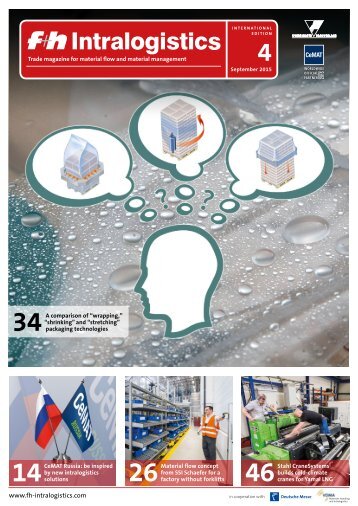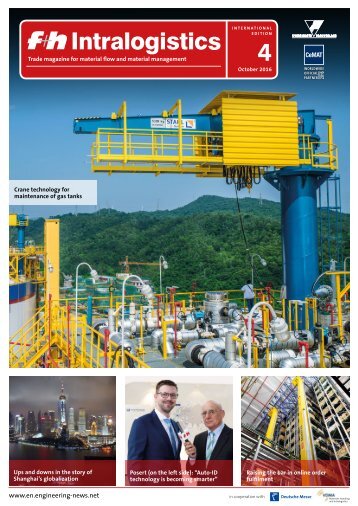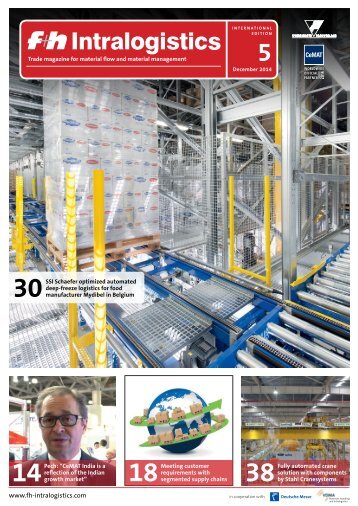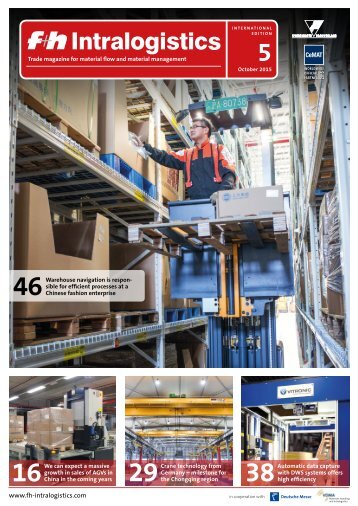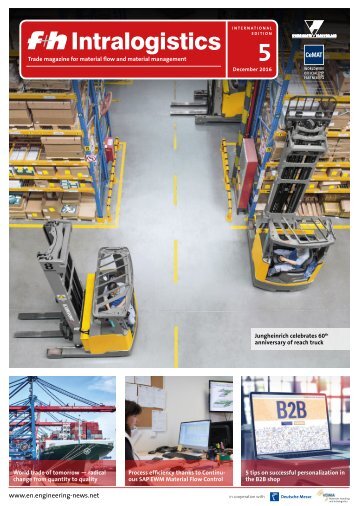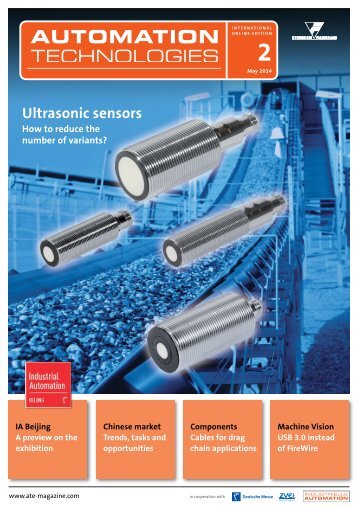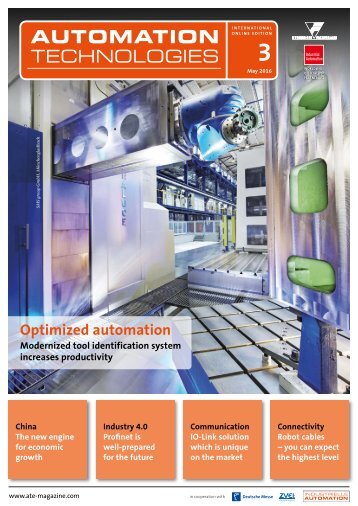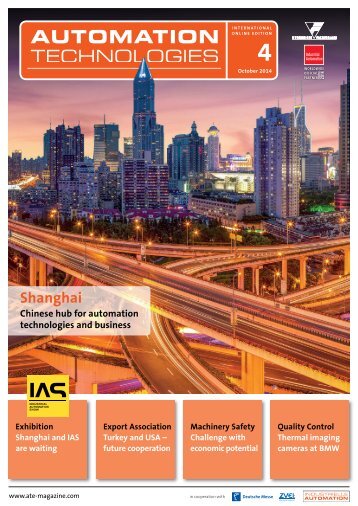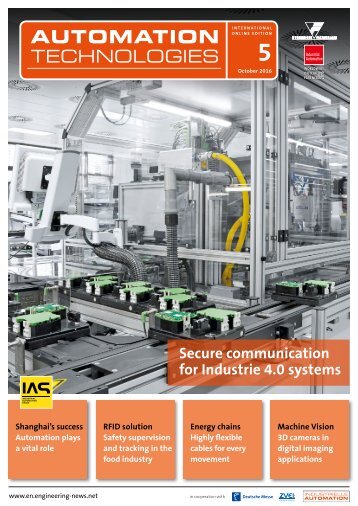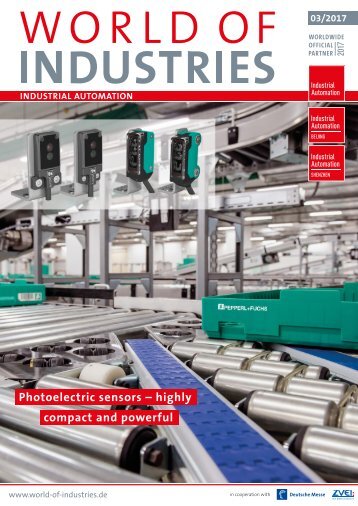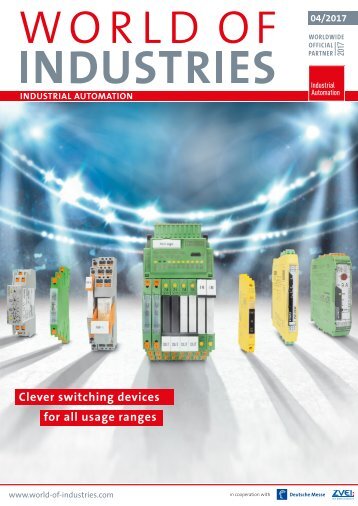Automation Technologies 3/2016
- Text
- Automation
- Technologies
Ethernet based networks:
Ethernet based networks: a bridge between production world and corporate world INDUSTRIAL COMMUNICATION About Profibus and Profinet International (PI) PI is one of the largest automation community in the world and is responsible for Profibus and Profinet, the two most important enabling technologies in the world. The shared interest of PI’s global network of vendors, developers, system integrators and end users covering all industries is promoting and supporting the use of these two technologies. Over 1400 companies worldwide are members and work closely with each other to achieve best automation possible. PI has about 51 technical competence centres, 28 training centres and 10 test laboratories globally. Are new technologies needed for implementation of Industry 4.0? Not necessarily. Rather, it is a matter of enhancing existing technologies so that they can meet future requirements. Profinet is already well-prepared for this because of the important groundwork laid by PI (Profibus & Profinet International). Whether it is Industry 4.0, the Internet of Things, or Big Data – the close networking of automation components, machines and IT systems is possible only with integrated communication. At the same time, users place a high priority on simple and modular solutions. In addition, seamless integration of device and production data in business systems is also needed. Ethernet-based networks have proven to be especially well-suited for this in both the production and business world. However, advancements in communication technologies have proceeded differently in the two worlds. The production world places a higher demand on reliability, environmental conditions, real-time behavior, and robustness than the business world. Nevertheless, there is a real chance that a common model can be developed that meets the majority of requirements of both worlds. From the perspective of the production world, some of the most urgent tasks are improvement of cyber security, description of functions such as measuring and controlling, and assurance of a high degree of interoperability. To meet the challenges of Industry 4.0, today’s system architectures must also be significantly improved. This must take into account the increased digitization of devices and processes, the higher data volumes that are generated, decentralization and increased bandwidth requirements for networks. Another important aspect is the standardization of software and hardware based on international standards. AUTOMATION TECHNOLOGIES 3/2016
01 Profinet integrates existing networks as the backbone and provides the plant with the data that would otherwise be difficult to access Not reinventing the wheel Industry 4.0 offers a real opportunity for operators and users. Based on well thought-out Ethernet concepts, a better understanding can be achieved for production processes, which will enable lower costs and increased productivity. For example, data acquisition will be made much easier, allowing this data to be available for asset management applications. Ethernet-based Profinet represents one example of how an existing technology can be enhanced for Industry 4.0 applications. Profinet uses the TCP/IP protocol suite without any limitations or changes. Automation-specific tasks such as device parameter assignment, configuration, network diagnostics (SNMP) are handled via the TCP/IP channel. For remote IO and drive applications with stringent requirements, TCP/IP with its extensive overhead data and long stack throughput times is not sufficient. To overcome these problems, the experts of PI have added an extra real-time (RT) channel for real-time communication of time-critical data. This enables deterministic response times in the range of 0.25 to 10 milliseconds and opens up Ethernet for completely new industrial applications. The RT channel is used for real-time communication with other remote IOs and additional Profinet field devices. Since Ethernet and wireless LAN are both based on the IEEE 802.xx series of standards, Profinet can be easily expanded for wireless communication via access points. Profinet also includes an isochronous real-time (IRT) channel for high-performance motion control applications, such as for coordination of hundreds of axes with accuracy to the microsecond. Profinet with IRT provides additional hardware support in the form of standard Profinet ASICs to enable a very high degree of synchronization. Reserved time windows are used to transmit datagrams in a reliable cyclic sequence, while the remaining cycle time is used for standard TCP/IP communication. Good collaboration reaps good results Another obvious challenge faced by Industry 4.0 is that new market participants, technologies, and tasks will constantly emerge. To ensure sustainable interoperability under these conditions, a common set of standardized methods must be developed. The objective is for products to be able to interact with one another while allowing companies enough leeway to develop their own profiles for their products. The various committees, professional associations, and industry associations must collaborate closely to develop a common strategy here. A few examples will illustrate this: Industry 4.0 will adopt OPC UA (Unified Architecture) as service-oriented architecture. PI (Profibus & Profinet International) and OPC Foundation have been working together for years to enable integration of OPC UA into the system architecture of Profinet. PI is also currently working on solutions for condition monitoring. Based on the reference model for condition monitoring of the German engineering association (VDMA), PI is defining a communication profile that enables access to condition monitoring via Profinet. 02 Market shares based on device sales by industrial Ethernet protocol, base year: 2013 (Source: ARC Advisory Group) The IEEE “Time Sensitive Networks (TSN)” Task Group is also currently working on improvements to real-time behavior. When the technology becomes available, PI will test the conditions under which use of TSN in industrial networks will be advantageous and the extent to which TSN can be integrated in Profinet. Markets and outlook According to forecasts by ARC, significant growth in the industrial Ethernet market is expected. The acceptance of industrial Ethernet has grown significantly in recent years, and ARC predicts an annual increase in device sales of almost 20 %. If the average sales price falls slightly, a doubling of the market in the next 5 years is expected. As a major market player, Profinet would likely benefit from this growth phase. Although work on Industry 4.0 has just started, a new awareness has been raised for a common IT-driven vision for the future of the production world. One thing is clear: To reap the benefits of Industry 4.0, manufacturing companies must rethink their IT strategies and take the new requirements of a truly information-driven company into account. This includes applications at the corporate level for business planning and execution as well as applications for production that serve as a source of information from production processes. Photographs: teaser fotolia, other pictures Profibus and Profinet International (PI) www.profibus.com AUTOMATION TECHNOLOGIES 3/2016
- Page 1: INTERNATIONAL ONLINE EDITION 3 May
- Page 4 and 5: COLOMBIA SLOVAKIA The new engine fo
- Page 6 and 7: News and Markets Kathrin Pogrzeba j
- Page 8 and 9: Industrial Automation: the new engi
- Page 10 and 11: Beijing: the heart of North China
- Page 12 and 13: Industrial transformation and econo
- Page 14 and 15: Mobile tanks in pharmaceutical prod
- Page 16 and 17: Automated parking space monitoring
- Page 18 and 19: Servo drive series with intelligent
- Page 22 and 23: Easy, fast and efficient IO-Link so
- Page 24 and 25: Modernized tool identification syst
- Page 26 and 27: Cables from Cologne for Bavarian ro
- Page 28 and 29: Cable glands guarantee perfect reli
- Page 30 and 31: Small but powerful: Embedded Vision
- Page 32 and 33: Using vibrations to detect faults M
- Page 34 and 35: Non-contact temperature measurement
- Page 36: SLOVAKIA Ergonomic discharging devi
Inappropriate
Loading...
Mail this publication
Loading...
Embed
Loading...

